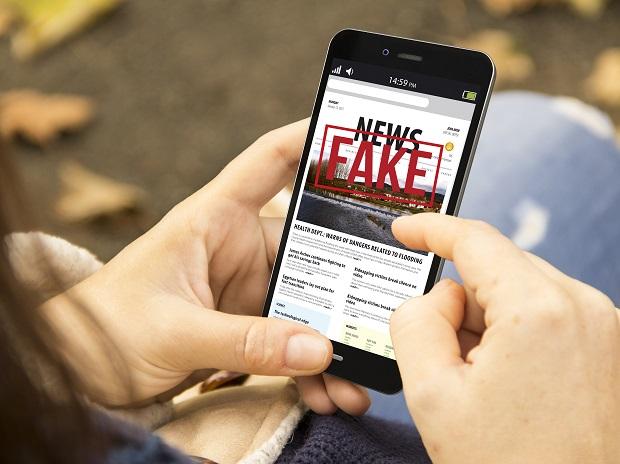Here's what history of advertising suggests about the future of fake news
History also suggests that the
danger will probably recede over time as people grow accustomed to the ads,
which will cease to work as effectively
Technology News: Jordan Peele, the comedian turned
horror-movie director, recently made a video meant to give American voters
shivers of dread.
It showed President Barack Obama giving
a speech he never gave, and uttering sentences that he didn’t actually say. The
video demonstrated how easy it is to use current technology to create powerful and persuasive lies, now also known as fake news.
When this video magic is coupled with the ability of companies like Facebook to
micro-target each of us and select the news we see, the implications for the
future of our democracy seem dire. Fake
news and microtargeting can be combined to create a kind of advertising that’s like an evil version of Reese’s Peanut Butter Cups,
and we are being exposed to more of these pernicious morsels every year.
But two lessons from the history of advertising suggest that the fake
news phenomenon is likely to change significantly in the years to
come.
Prospects are gloomy for the near future, as this kind of advertising extends beyond politics.
History also suggests, though, that the danger will probably recede over time as
people grow accustomed to the ads, which will cease to work as
effectively.
First, in all likelihood, fake news
will spread, despite efforts to rein it in. So far, most attention has focused
on efforts to meddle in American elections. That is no small threat.
Yet, based on the historical record,
far more effort goes into persuading Americans to buy things than to elect
politicians.




Comments
Post a Comment